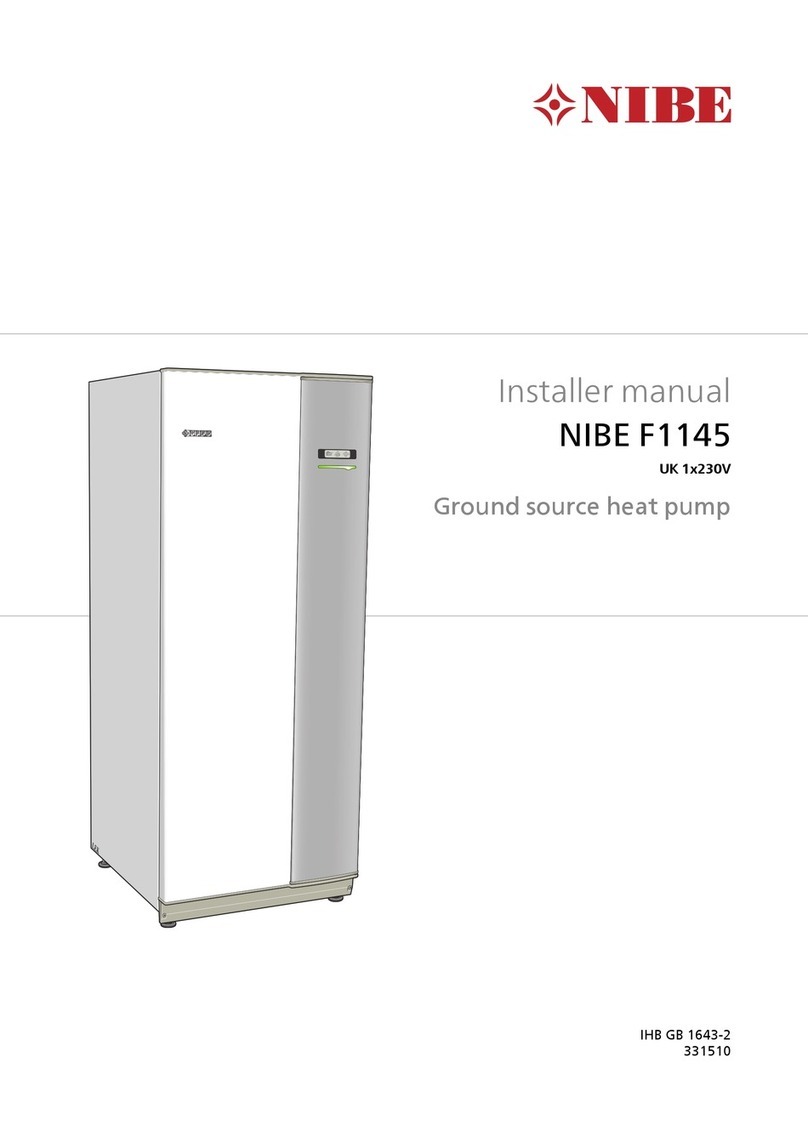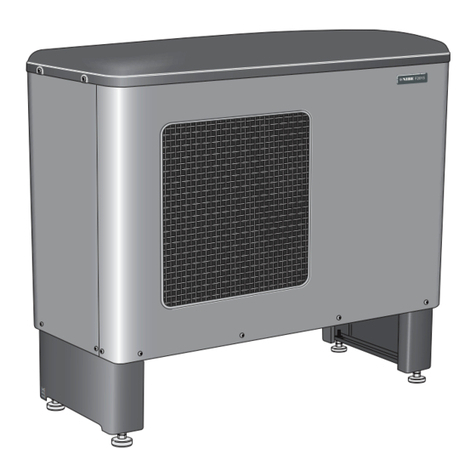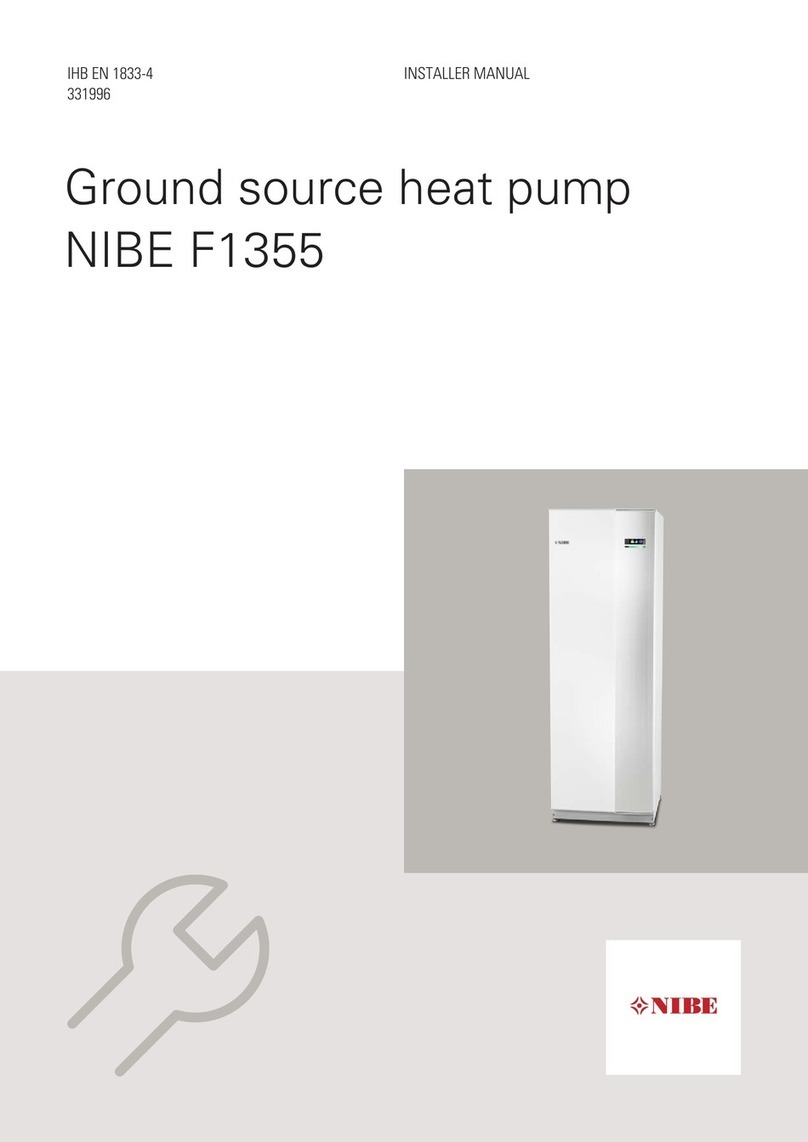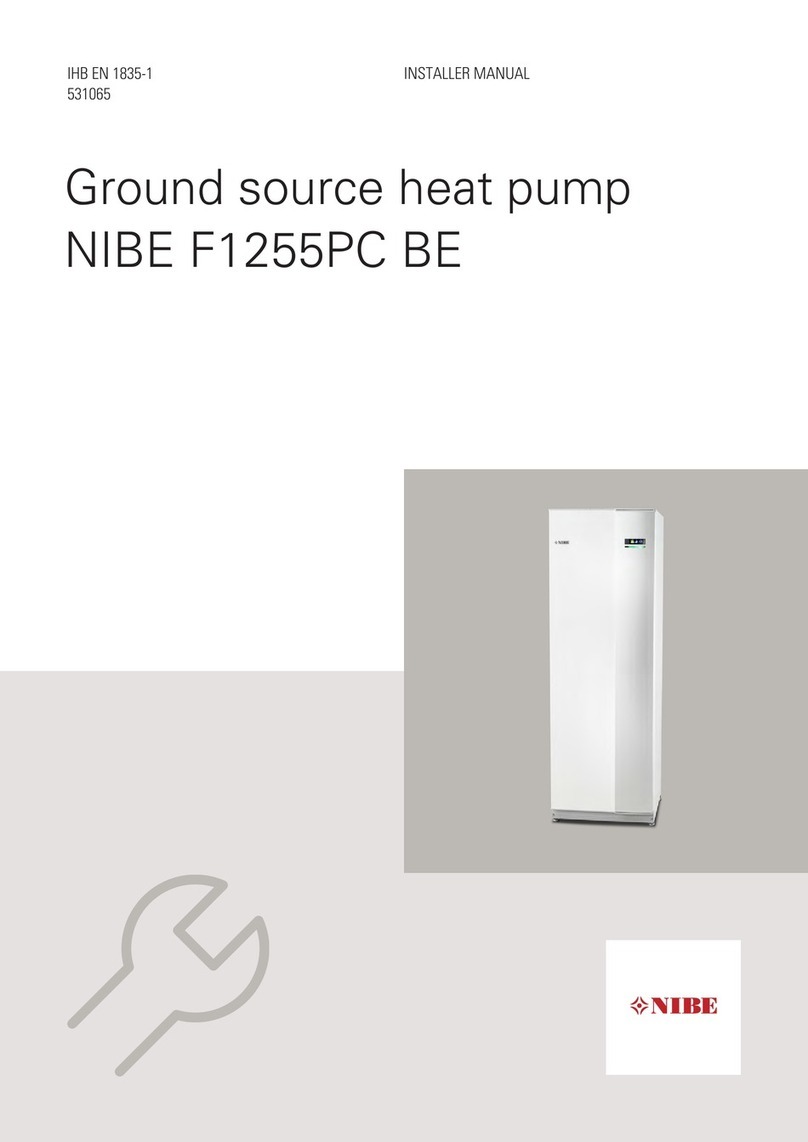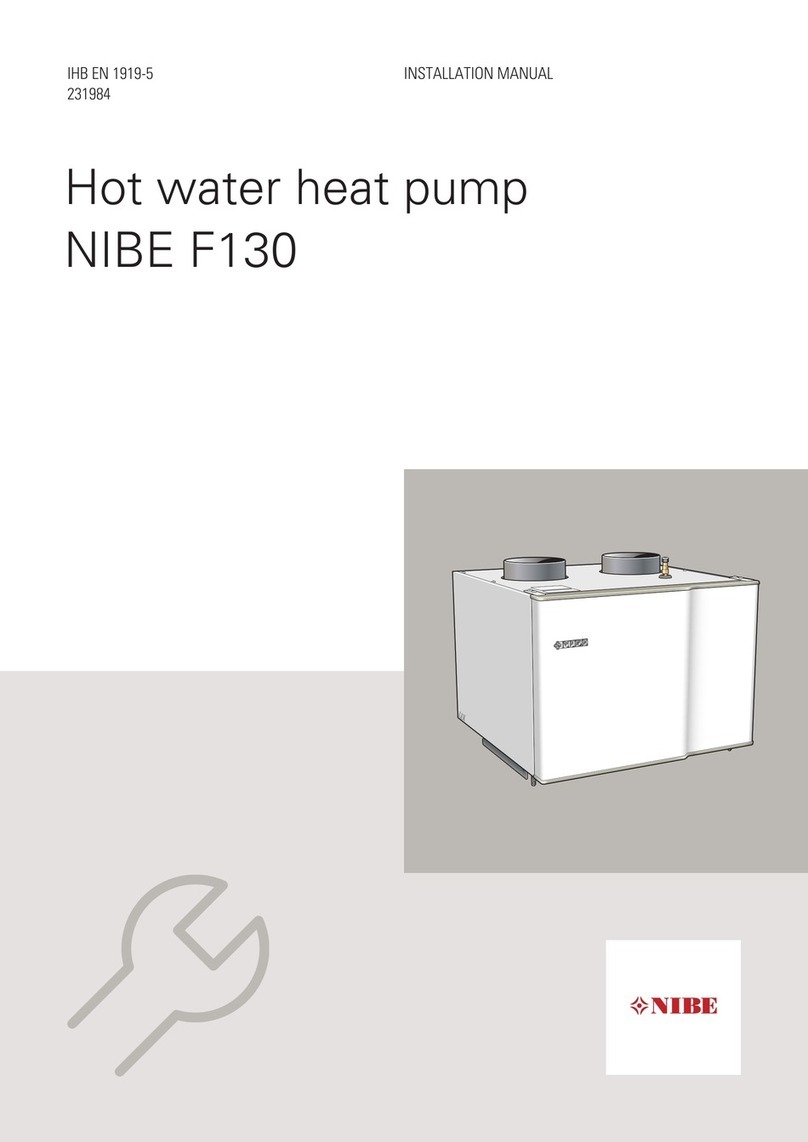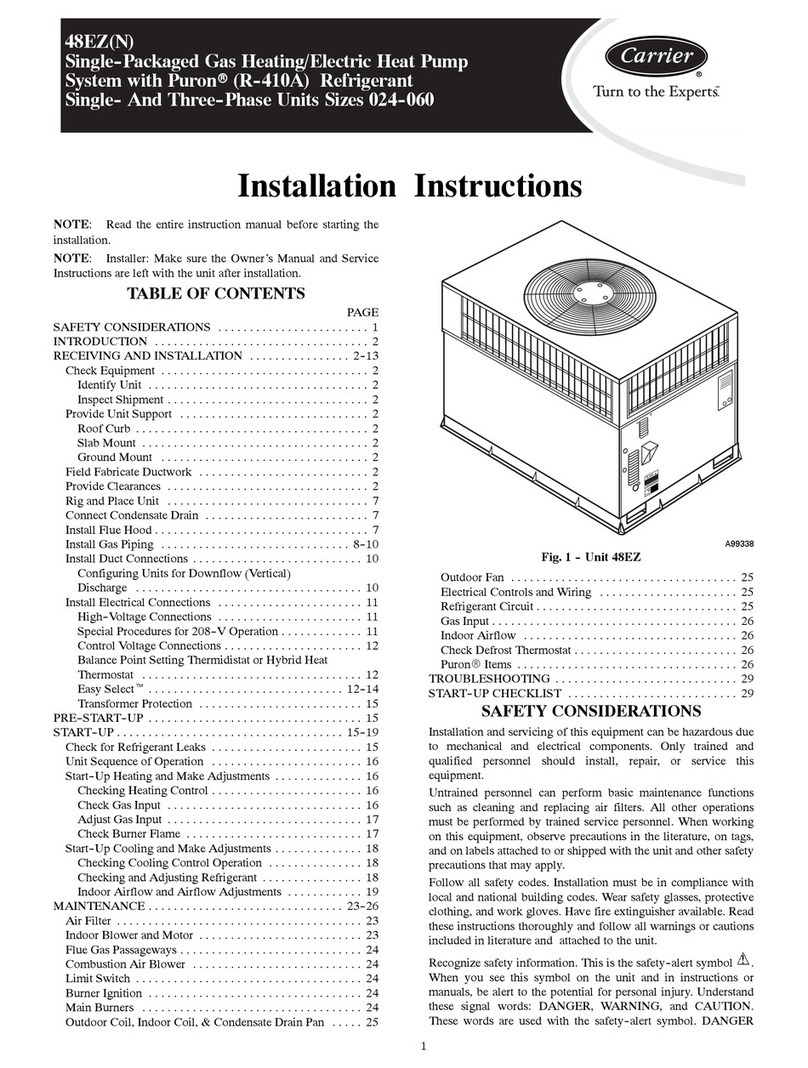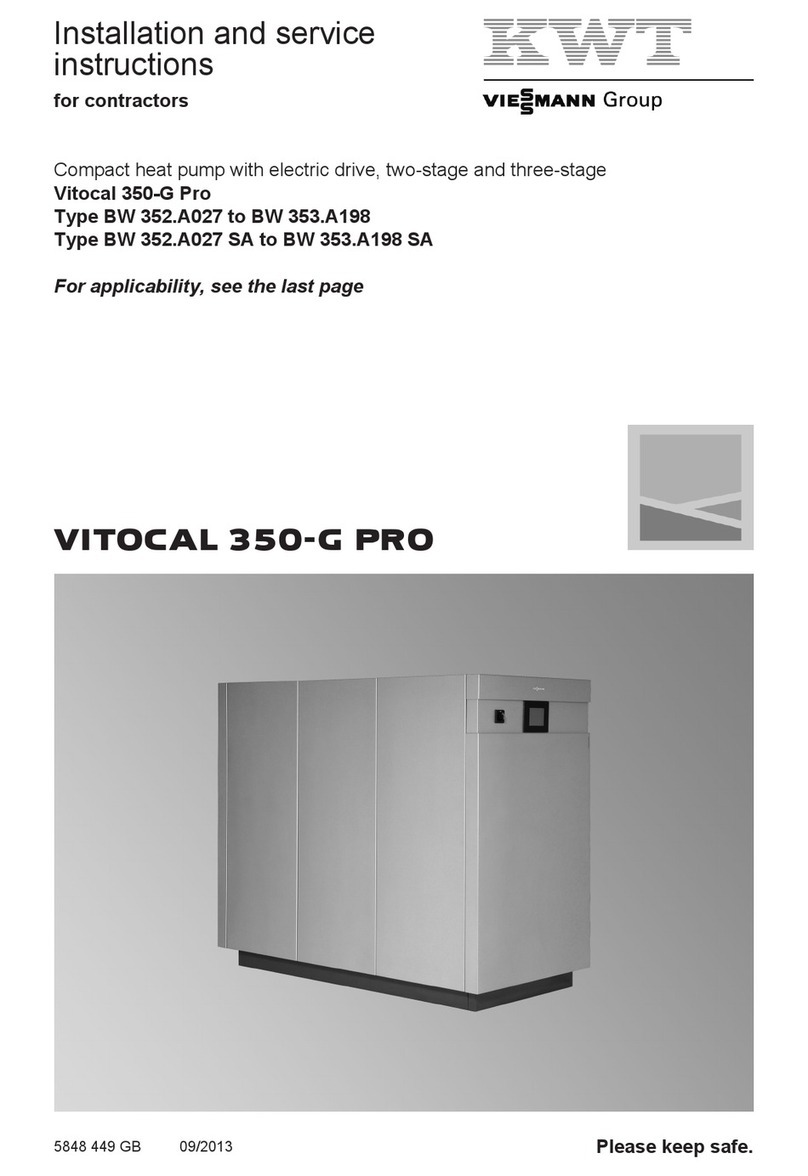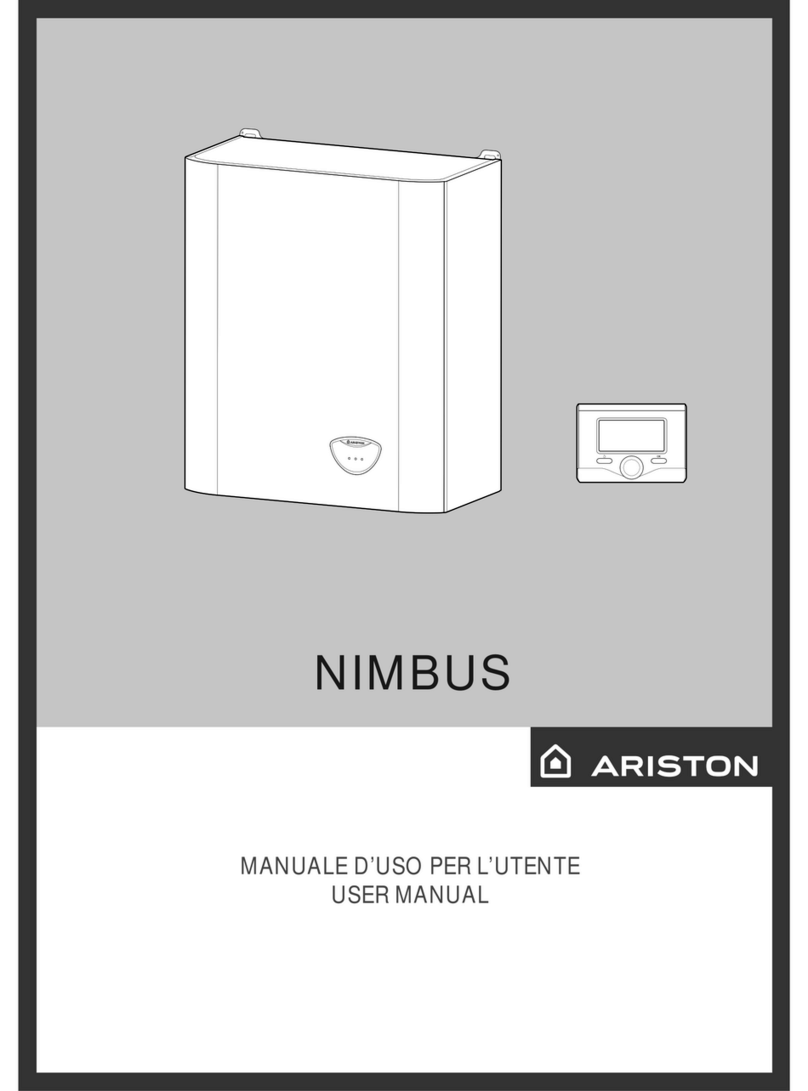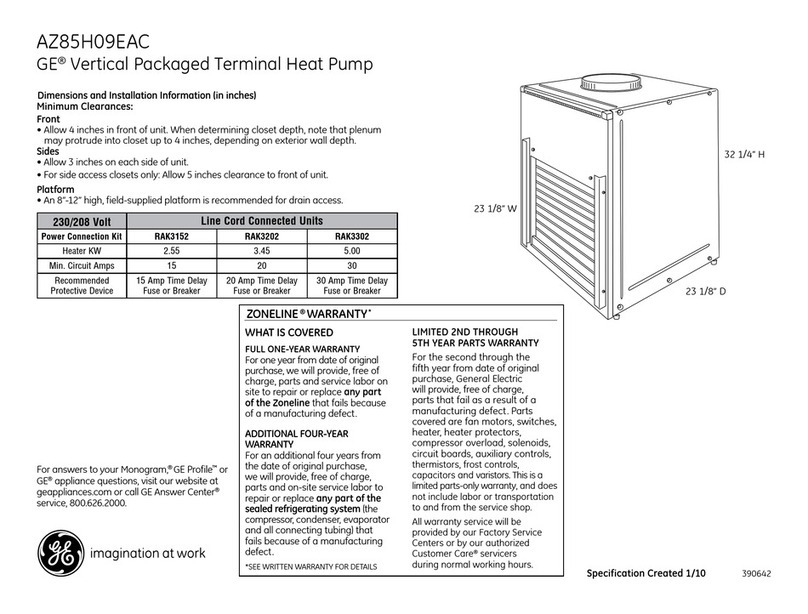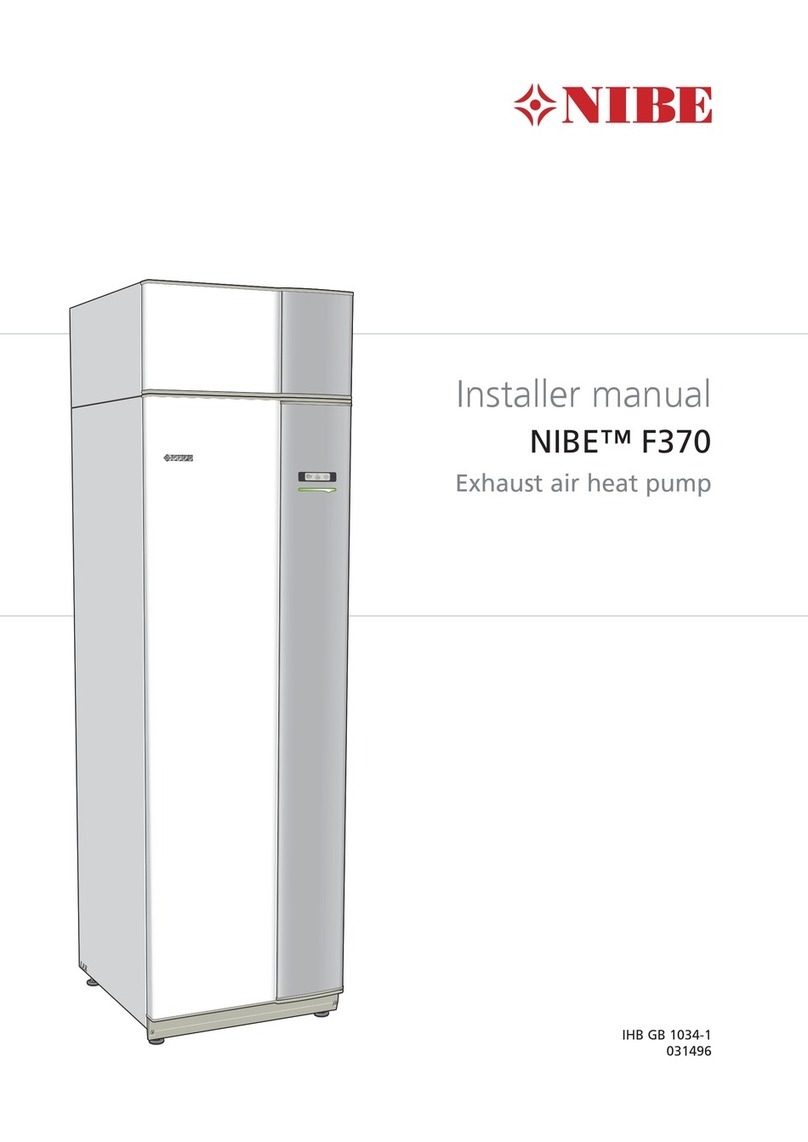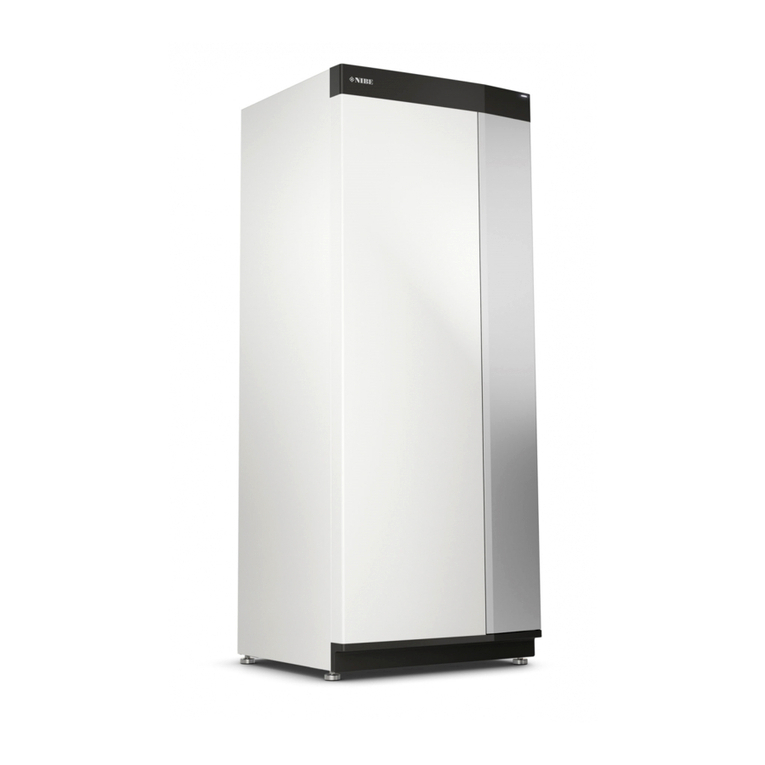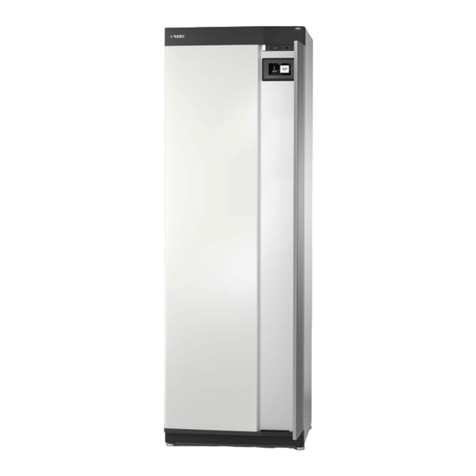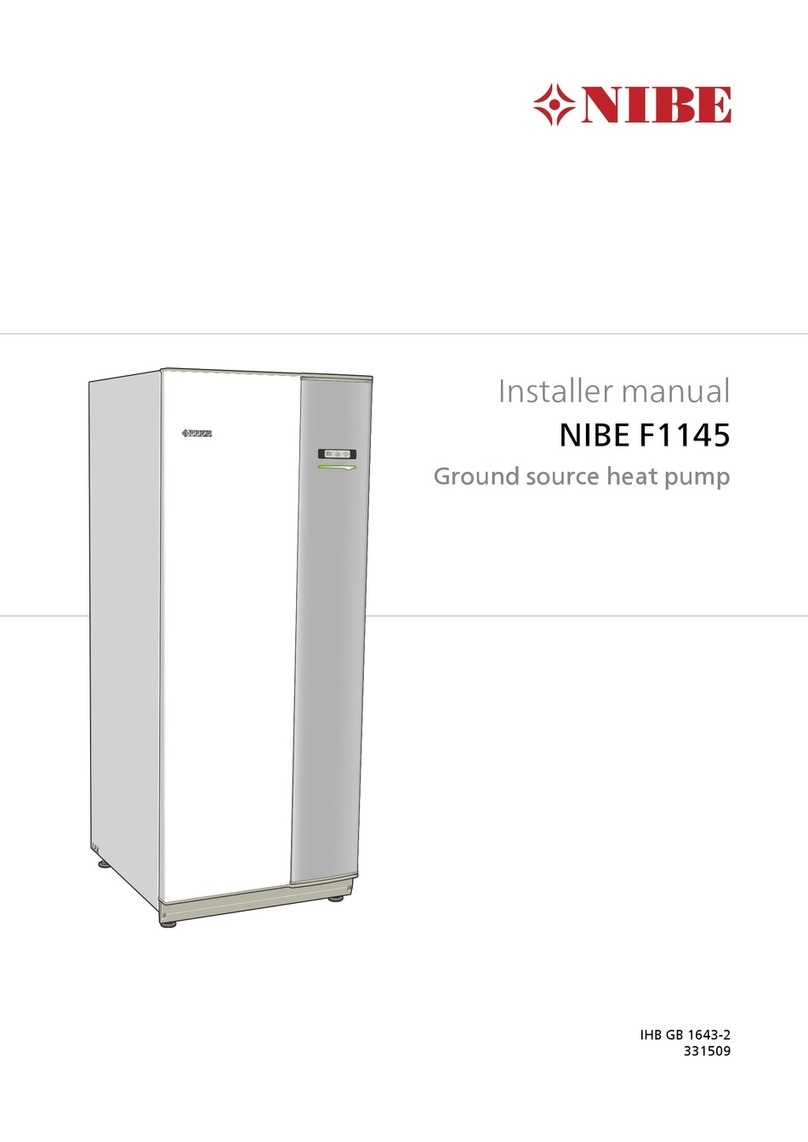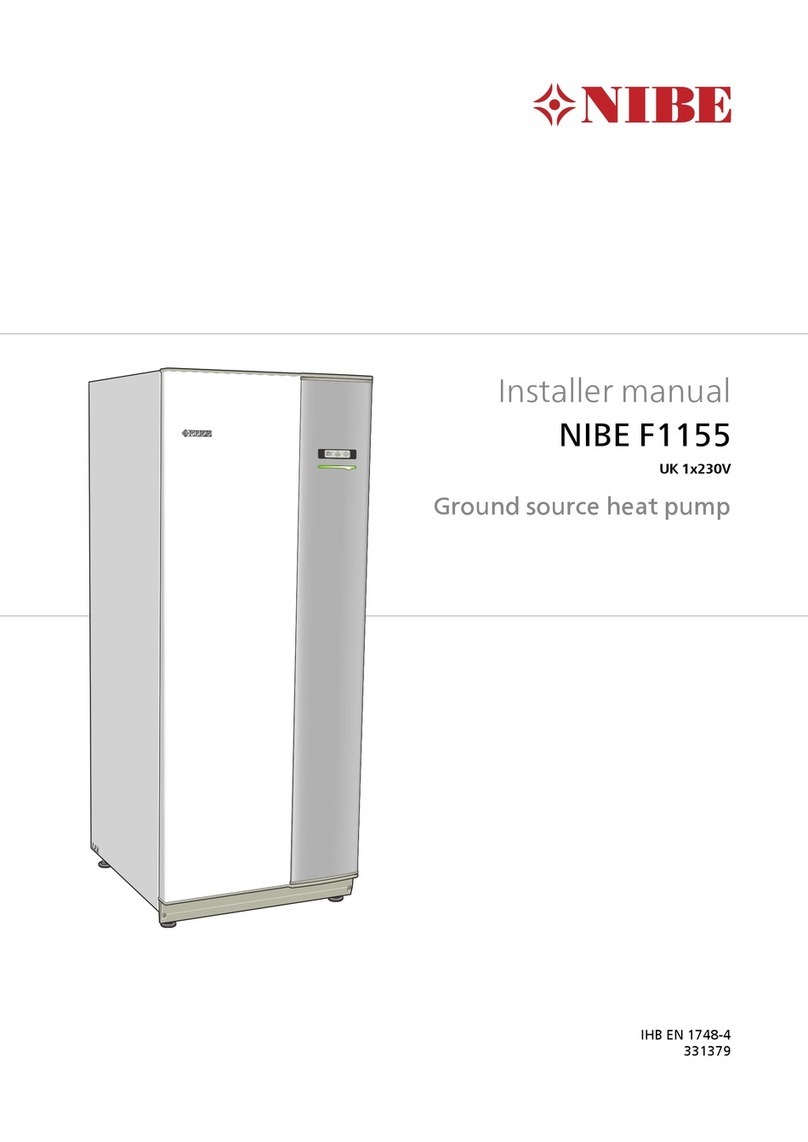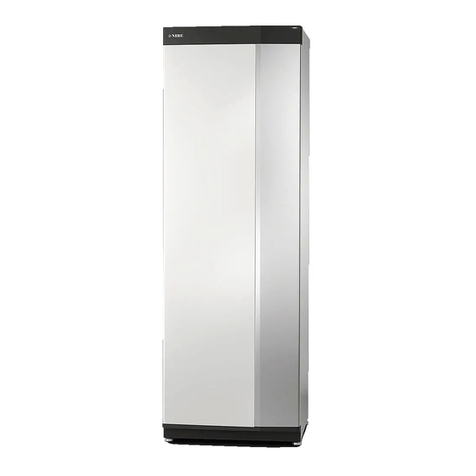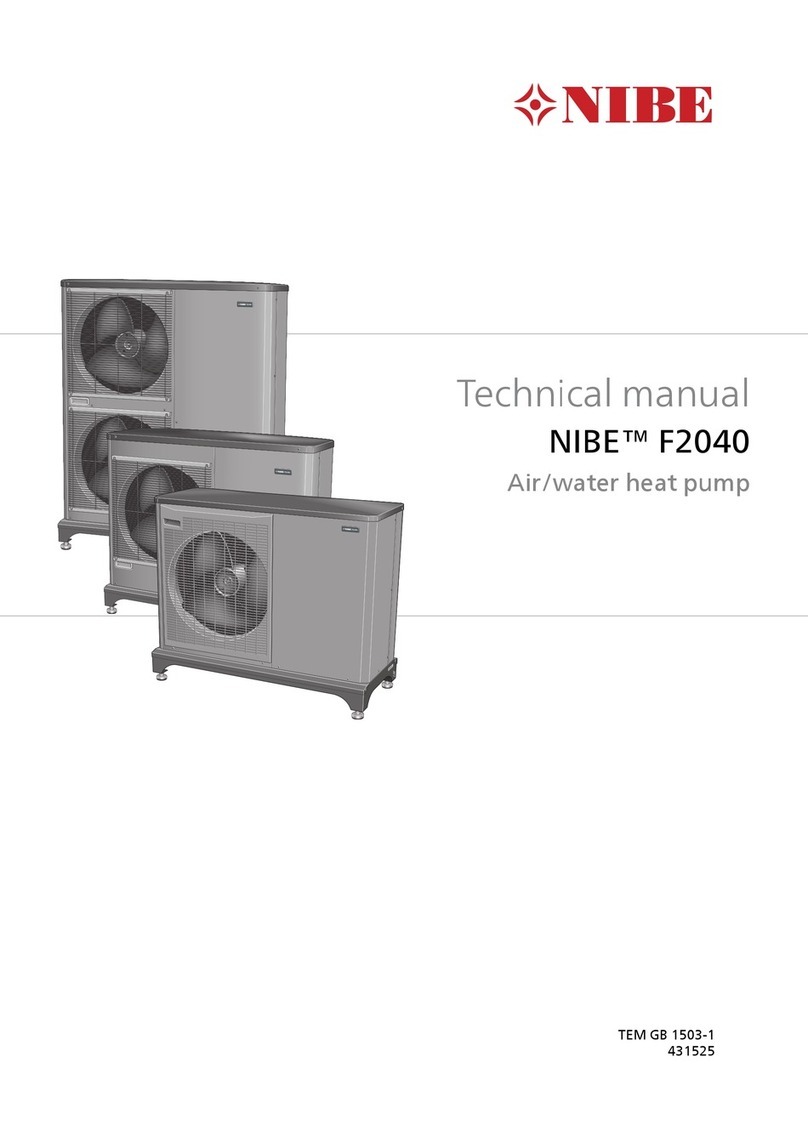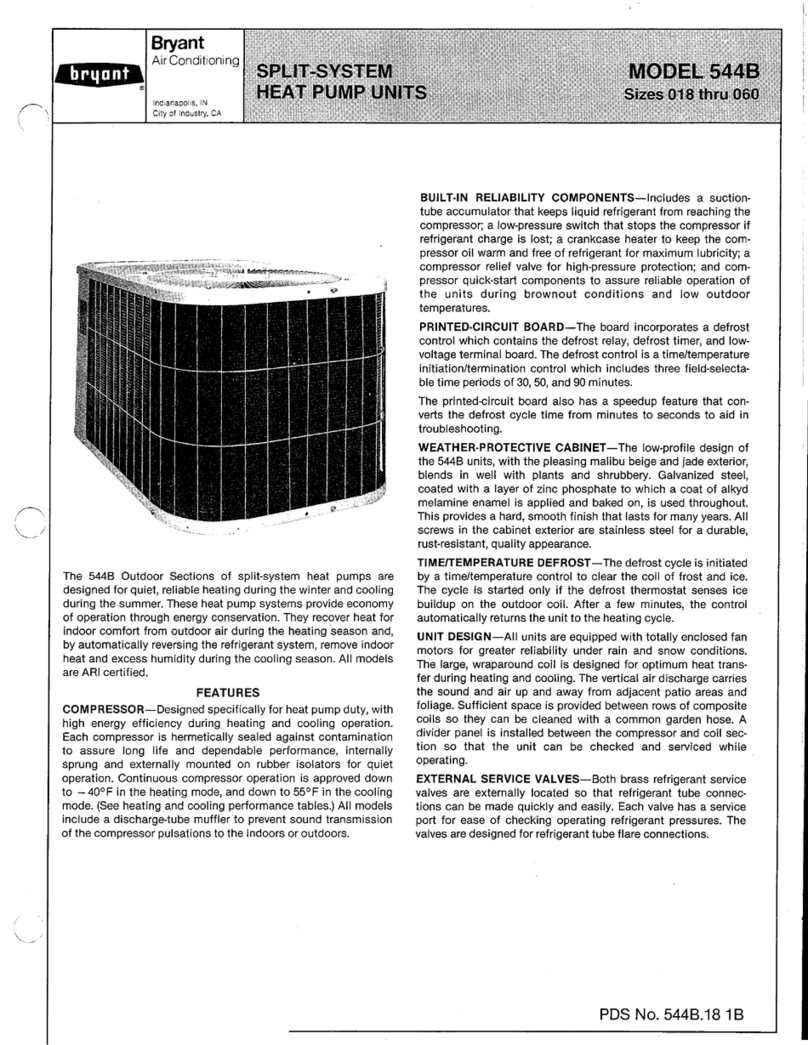
If the power supply is not shut off, there is a risk of electric shocks
and damage due to the rotating fan.
Do not run the unit with removed panels or protection.
Touching rotating equipment, hot surfaces or high voltage parts
can cause personal injury due to entrapment, burns or electric
shocks.
Cut the power before starting electrical work.
Failure to cut the power can cause electric shocks, damage and in-
correct function of the equipment.
Care
Carry out the electrical installation with care.
Do not connect the ground lead to the gas line, water line, lightning
conductor or telephone line's ground lead. Incorrect grounding
can cause unit faults such as electric shocks due to short-circuiting.
Use main switch with sufficient breaking capacity.
If the switch does not have sufficient breaking capacity, malfunc-
tions and fire can occur.
Always use a fuse with the correct rating in the locations where
fuses are to be used.
Connecting the unit with copper wire or other metal thread can
cause unit breakdown and fire.
Cables must be routed so that they are not damaged by metal
edges or trapped by panels.
Incorrect installation can cause electric shocks, heat generation
and fire.
Do not install the unit in close proximity to locations where
leakage of combustible gases can occur.
If leaking gases collect around the unit, fire may occur.
Do not install the unit where corrosive gas (for example nitrous
fumes) or combustible gas or steam (for example thinner and
petroleum gases) can build up or collect, or where volatile
combustible substances are handled.
Corrosive gas can cause corrosion to the heat exchanger, breaks
in plastic parts etc. and combustible gas or steam can cause fire.
Do not use the unit where water splashes may occur, for ex-
ample in laundries.
The indoor section is not waterproof and electric shocks and fire
can therefore occur.
Do not use the unit for specialist purposes such as for storing
food, cooling precision instruments, freeze-conservation of
animals, plants or art.
This can damage the items.
Do not install and use the system close to equipment that
generates electromagnetic fields or high frequency harmonics.
Equipment such as inverters, standby sets, medical high frequency
equipment and telecommunications equipment can affect the unit
and cause malfunctions and breakdowns. The unit can also affect
medical equipment and telecommunications equipment, so that
it functions incorrectly or not at all.
Do not install the outdoor unit in the locations stated below.
- Locations where leakage of combustible gas can occur.
- Locations where carbon fibre, metal powder or other powder
that can enter the air.
- Locations where substances that can affect the unit, for example,
sulphide gas, chlorine, acid or alkaline substances can occur.
- Locations with direct exposure to oil mist or steam.
- Vehicles and ships.
- Locations where machines that generate high frequency harmon-
ics are used.
- Locations where cosmetic or special sprays are often used.
- Locations that can be subjected to direct salty atmospheres. In
this case, the outdoor unit must be protected against direct intakes
of salty air.
- Locations where large amounts of snow occur.
- Locations where the system is exposed to chimney smoke.
If the bottom frame of the outdoor section is corroded, or in
any other way damaged, due to long periods of operation, it
must not be used.
Using an old and damaged frame can cause the unit to fall and
cause personal injury.
If soldering near the unit, ensure that solder residue does not
damage the drip tray.
If solder residue enters the unit during soldering, small holes can
appear in the tray resulting in water leakage. To prevent damage,
keep the indoor unit in its packing or cover it.
Do not allow the drainage pipe to exit into channels where
poisonous gases, containing sulphides for example, can occur.
If the pipe exits into such a channel, any poisonous gases will flow
into the room and seriously affect the user's health and safety.
Insulate the unit's connection pipes so that the ambient air
moisture does not condense on them.
Insufficient insulation can cause condensation, which can lead to
moisture damage on the roof, floor, furniture and valuable personal
property.
Do not install the outdoor unit in a location where insects and
small animals can inhabit.
Insects and small animals can enter the electronic parts and cause
damage and fire. Instruct the user to keep the surrounding equip-
ment clean.
Take care when carrying the unit by hand.
If the unit weights more than 20 kg, it must be carried by two
people. Use gloves to minimize the risk of cuts.
Dispose of any packaging material correctly.
Any remaining packaging material can cause personal injury as it
may contain nails and wood.
Do not touch any buttons with wet hands.
This can cause electric shocks.
Do not touch any refrigerant pipes with your hands when the
system is in operation.
During operation the pipes become extremely hot or extremely
cold, depending on the method of operation. This can cause burn
injuries or frost injuries.
Do not shut off the power supply immediately after operation
has start.
Wait at least 5 minutes, otherwise there is a risk of water leakage
or breakdown.
Do not control the system with the main switch.
This can cause fire or water leakage. In addition, the fan can start
unexpectedly, which can cause personal injury.
Especially for units intended for R410A
- Do not use other refrigerants than R410A. R410A means that the
pressure is about 1.6 times as high as conventional refrigerants.
- Do not use charging bottles. These types of bottles change the
composition of the refrigerant, which makes the performance of
the system worse.
- When filling refrigerant, the refrigerant must always leave the
bottle in liquid form.
5Chapter 1 | Important informationAMS 10

